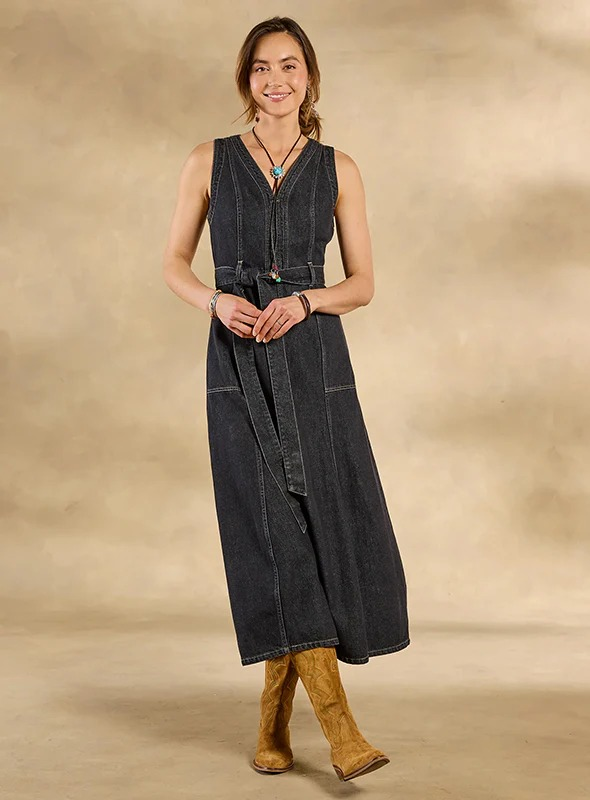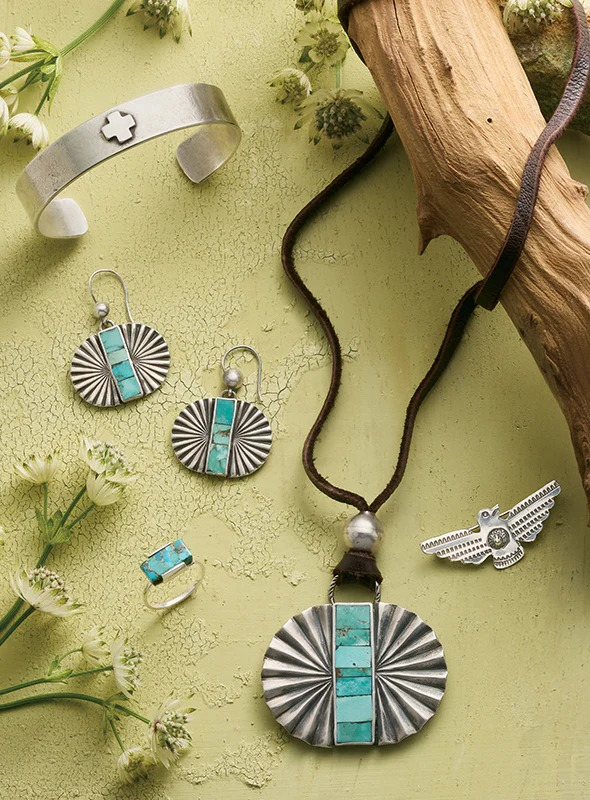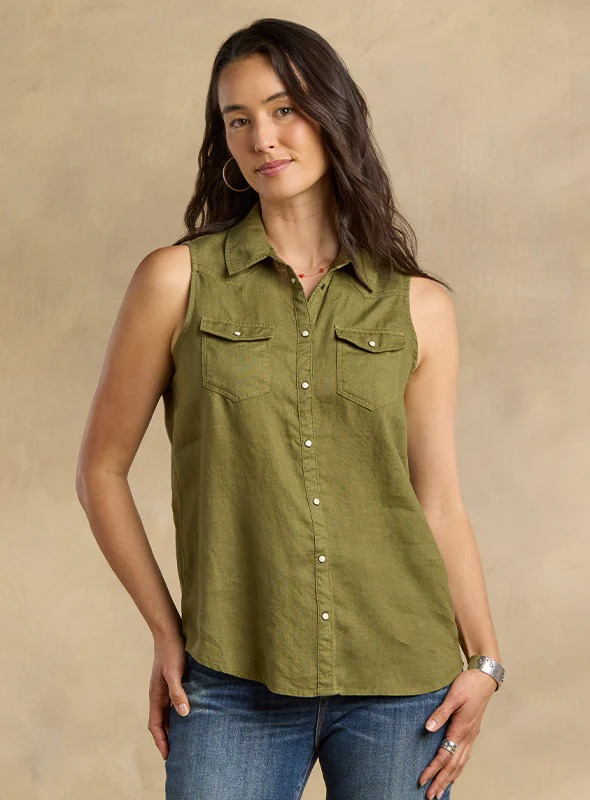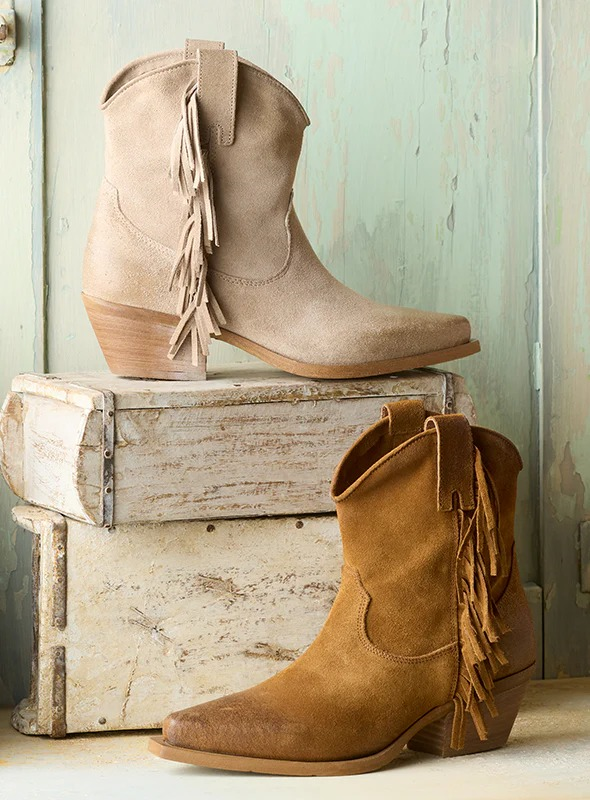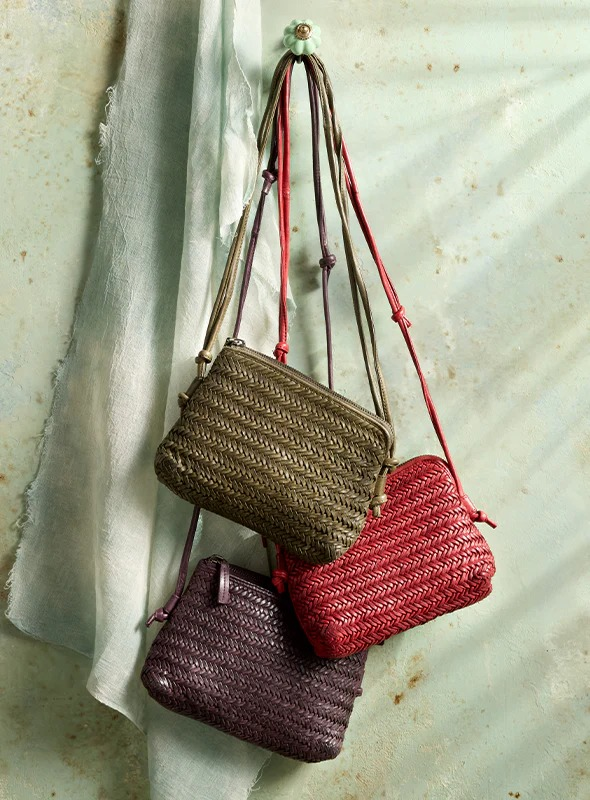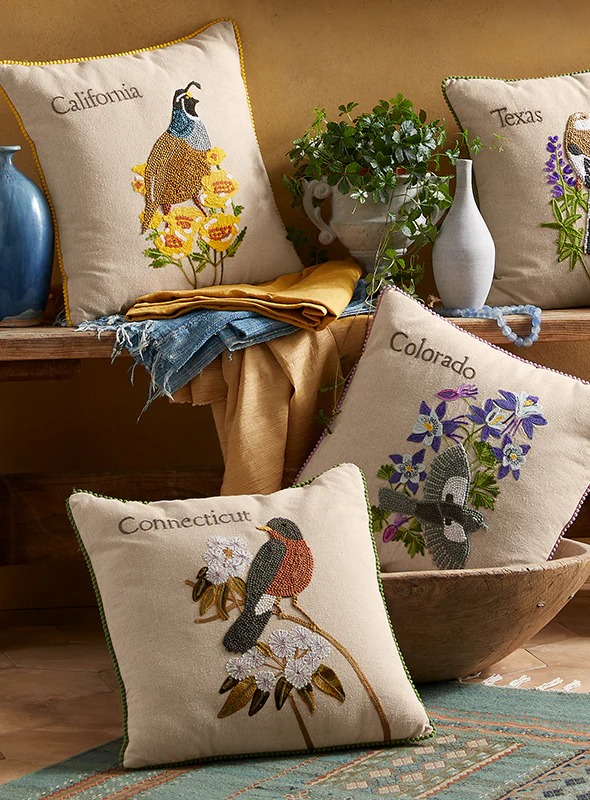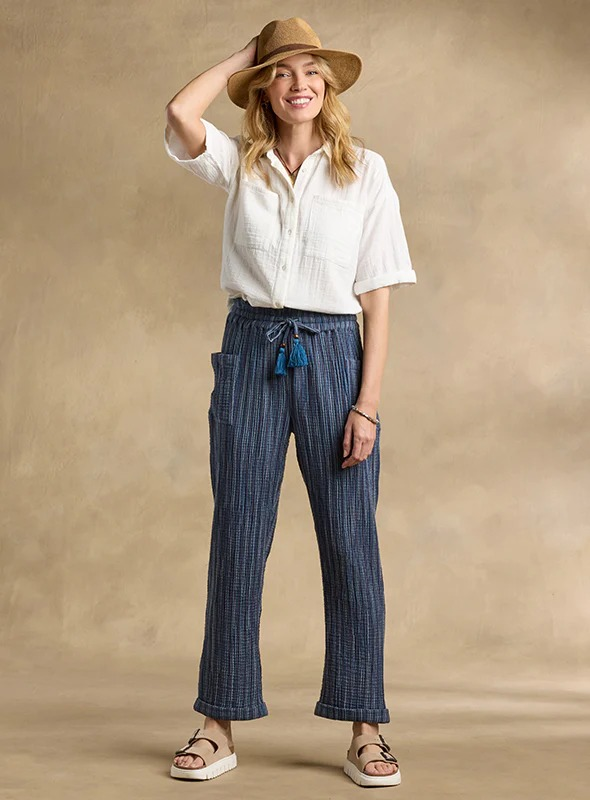
Classic Recommendation.
The Art of Self-Expression: Decoding the Power of Women’s Clothing
Fashion, at its core, is a deeply personal form of self-expression. For women, clothing is far more than just a functional necessity; it is a profound canvas upon which identity, mood, aspirations, and values are painted for the world to see. It is a language spoken without words, a subtle yet powerful declaration of self that evolves with the wearer through the stages of her life.
The journey of women’s dress has been a fascinating and complex one, mirroring seismic shifts in society. Historically, attire often served to demarcate status, adherence to social norms, or practical limitations. From the restrictive corsets of past centuries, which symbolized certain societal expectations, to the liberating hemlines of the 1920s that mirrored newfound freedoms, clothing has consistently been intertwined with the broader narrative of female autonomy and progress.
Today, the landscape is one of exhilarating freedom and limitless possibility. The modern woman operates in a world where almost every style, texture, and silhouette is accessible and acceptable. This abundance, while liberating, presents an exciting challenge: how to navigate the vast ocean of trends and find a personal style that feels authentic and empowering.
The most compelling aspect of women’s clothing today is its power to communicate internal states. Think about the strategic choice of a sharp, tailored blazer for a significant professional meeting—it projects competence, authority, and confidence. Contrast this with the soft, flowing layers chosen for a relaxed weekend, signaling comfort, ease, and accessibility. Each item serves a purpose beyond mere covering; it is a tool for emotional and social interaction.
The Evolution of the Wardrobe
A woman’s wardrobe is rarely static. It is a living collection that reflects her personal evolution. The pieces accumulated over time tell a story of past chapters and present interests. There is a deeply satisfying art to curating a wardrobe that is both versatile and truly reflective of one’s unique tastes. This often means moving beyond fleeting trends and focusing on items that possess longevity, quality, and adaptability.
The concept of a “uniform” has gained traction not in a restrictive sense, but as a framework for effortless chic. This doesn’t imply wearing the same thing every day, but rather identifying key silhouettes, colors, and textures that consistently make one feel their best. For one woman, this might be a perfectly draped midi dress; for another, it could be a combination of high-waisted trousers and a simple, high-quality knit. Building this foundational wardrobe allows for creative layering and the introduction of statement accessories that refresh the look without a complete overhaul. The focus shifts from mindlessly consuming fast-changing styles to making thoughtful, intentional additions.
Connecting Fashion and Identity
The conversation around clothing has also expanded to embrace concepts of individuality and body positivity. Modern fashion celebrates all shapes, sizes, and expressions. The goal is no longer to conform to an idealized, singular standard, but to find clothes that celebrate the unique architecture of one’s own body. This shift has democratized style, allowing women to use clothing to amplify their personal narratives rather than silence them.
Consider the role of color and texture. A bold color choice can be an immediate mood lifter and a signal of optimism and energy. Conversely, a muted, tactile fabric like cashmere or brushed cotton can provide a sense of calm and groundedness. The sensory experience of clothing—how it feels against the skin—is an often-overlooked but crucial component of dressing for self-care and confidence.
Beyond the Fabric: Mindful Consumption
In recent years, the ethics of clothing production have become an increasingly important part of the conversation. Women are leading the charge in demanding transparency and sustainability from the industries that supply their clothes. This movement towards more mindful consumption recognizes that our purchasing choices have an impact that extends far beyond our closets.
Seeking out garments made with respect for the environment and the people who create them is becoming a guiding principle for many. This can involve prioritizing natural fibers, seeking out items made in small batches, or embracing the circular economy through high-quality vintage and secondhand clothing. This approach transforms the act of shopping from a simple transaction into an ethical, empowering choice. It allows a woman to dress beautifully while aligning her external presentation with her internal commitment to a more responsible world.
Ultimately, the true power of women’s clothing lies not in its adherence to any specific trend or convention, but in its potential as a tool for personal expression and empowerment. It is an everyday opportunity to choose who you want to be and how you want to show up in the world. The best outfits are the ones that serve as a second skin, allowing the wearer’s authentic self to shine through with confidence and grace. When a woman selects her clothing with intention, she is not just getting dressed; she is declaring her place in the world.









